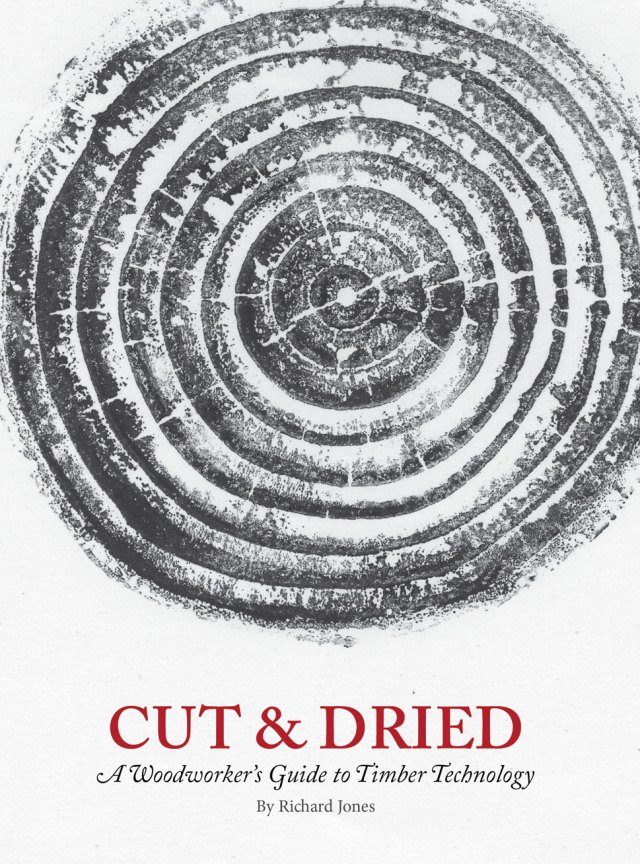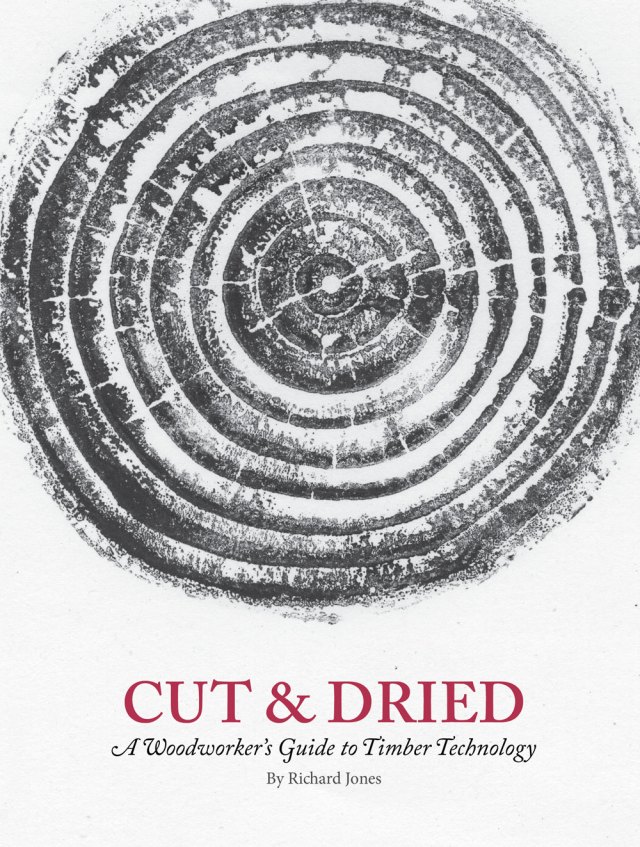
I finally “met” Richard Jones. Richard and I have been emailing each other, at times daily, since we began turning his opus on timber technology into book form 11 months ago. Richard lives in Leeds, a city in West Yorkshire, England. I live 3,800 miles away, in Fort Thomas, KY. And last week, we spoke via Skype.
I needed to interview Richard for an author profile, and instead of chatting on the phone Richard suggested we Skype. While I would have preferred working through Richard’s life history while drinking a beer or two with him at his favorite pub, today’s technology did allow us to see each other as we spoke, despite the distance.
We talked about how he was born in Shropshire, on the Welsh border in the West Midlands of England, and grew up on a farm. We talked about how he was one of the few students who, in the early 1980s, applied and was accepted in the City & Guilds program in furniture making at Shrewsbury College of Arts and Technology, and how every Friday Robert Wearing would come in to teach – always with jigs. We talked about his work as a joiner and a furniture maker and a business owner and his time living in the U.S. and how it compares to living in the U.K., and his passion for rugby – both watching and playing. We talked for a long time and during that time I just kept thinking how lucky we are to have Richard in our circle of authors.
Richard is one of those rare individuals whose life has led him down varied paths and he’s managed – through hard work and talent – to excel in all of them. In a way, “Cut & Dried” reminds me of a roundabout, its contents sitting in the middle circle with Richard’s various roads leading to it. His approach to the technical and sometimes tedious world of timber technology allows for an accessible read, offering the basics, if that’s what you want, and the nitty gritty, if that’s what you want. And that accessibility stems from his life experiences, as a joiner, furniture maker, business owner, researcher, teacher and writer.
Today, Brendan Gaffney called me to say that the books had arrived at the storefront. I immediately drove over – with one of my children – to see it myself. I feel a bit guilty about this – Richard’s books are on their way to him, but one can’t Skype deliveries. Hopefully he’ll hold his life’s work soon.
It’s gorgeous.
While admiring the dust jacket Brendan told me to look underneath – I ran my hand across the heavy hardcover boards wrapped in grey cotton cloth, stamped with a die from a hand-printed woodcut. And I thought, “I can’t wait for Richard to see this.”
The book is now shipping, so to everyone who has already purchased their copy (thank you), it’s on its way. I’m certain it will be well-loved on many bookshelves and in many shops. For while Richard easily incorporates stories throughout to make the reading enjoyable, it’s also a reference book, one you’ll reach for again and again, thankful for an author who dedicated 10 years of his life to making a topic so complex less so.
— Kara Gebhart Uhl









 Speaking of delays, our printing plant was swamped with work in April and May, so “
Speaking of delays, our printing plant was swamped with work in April and May, so “
 “
“
